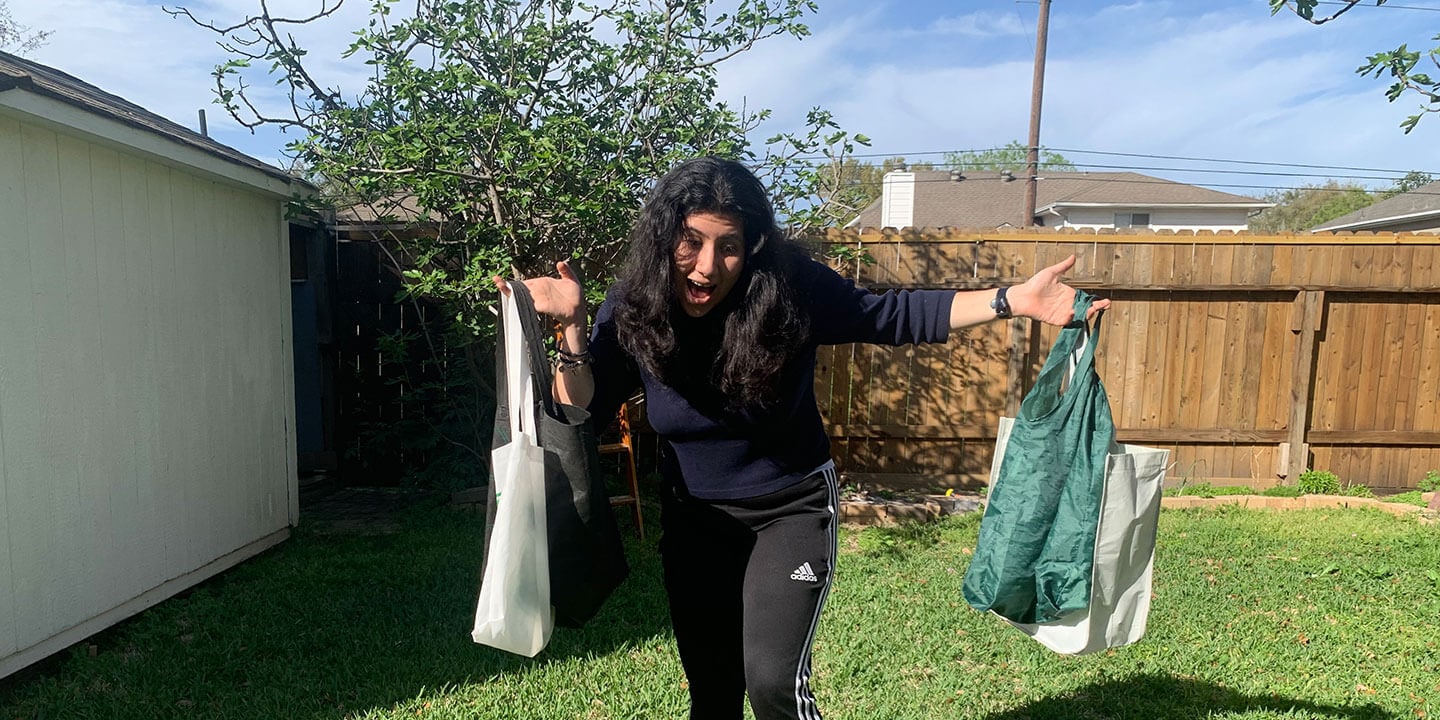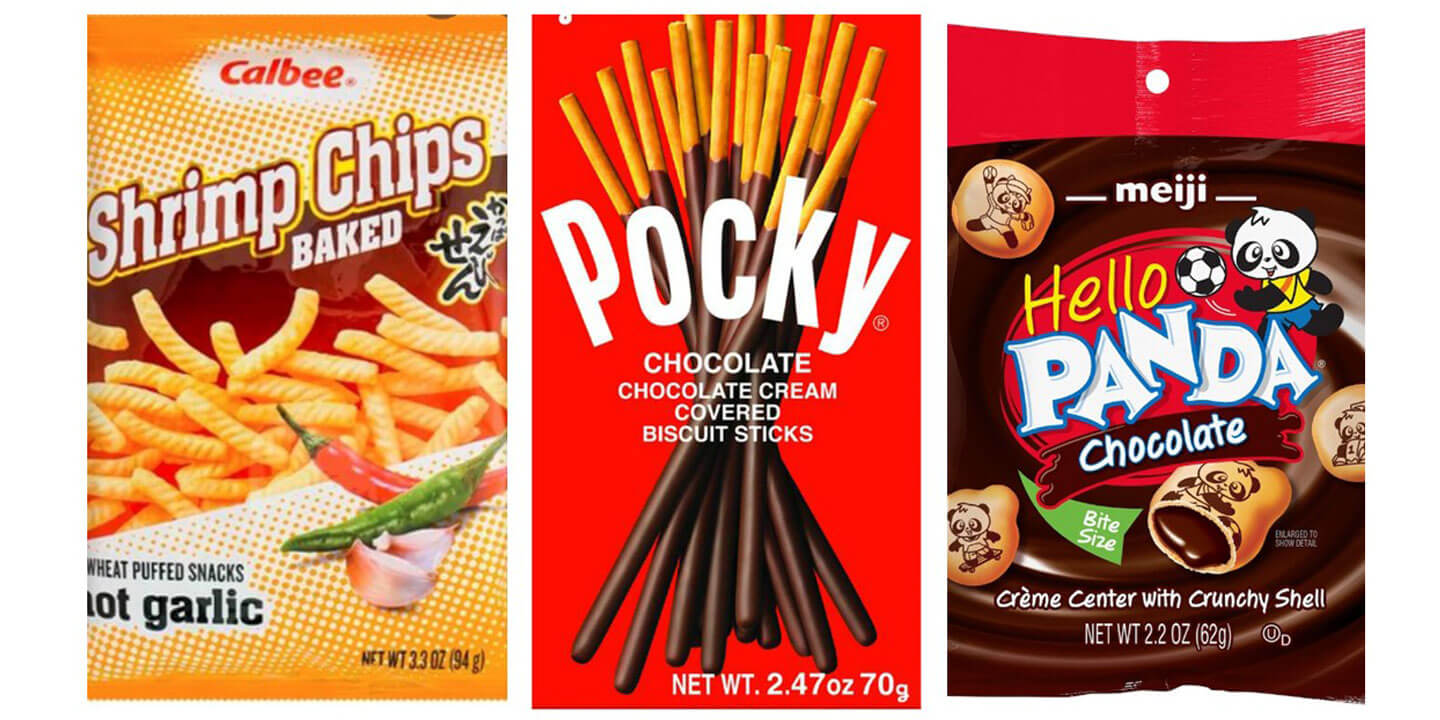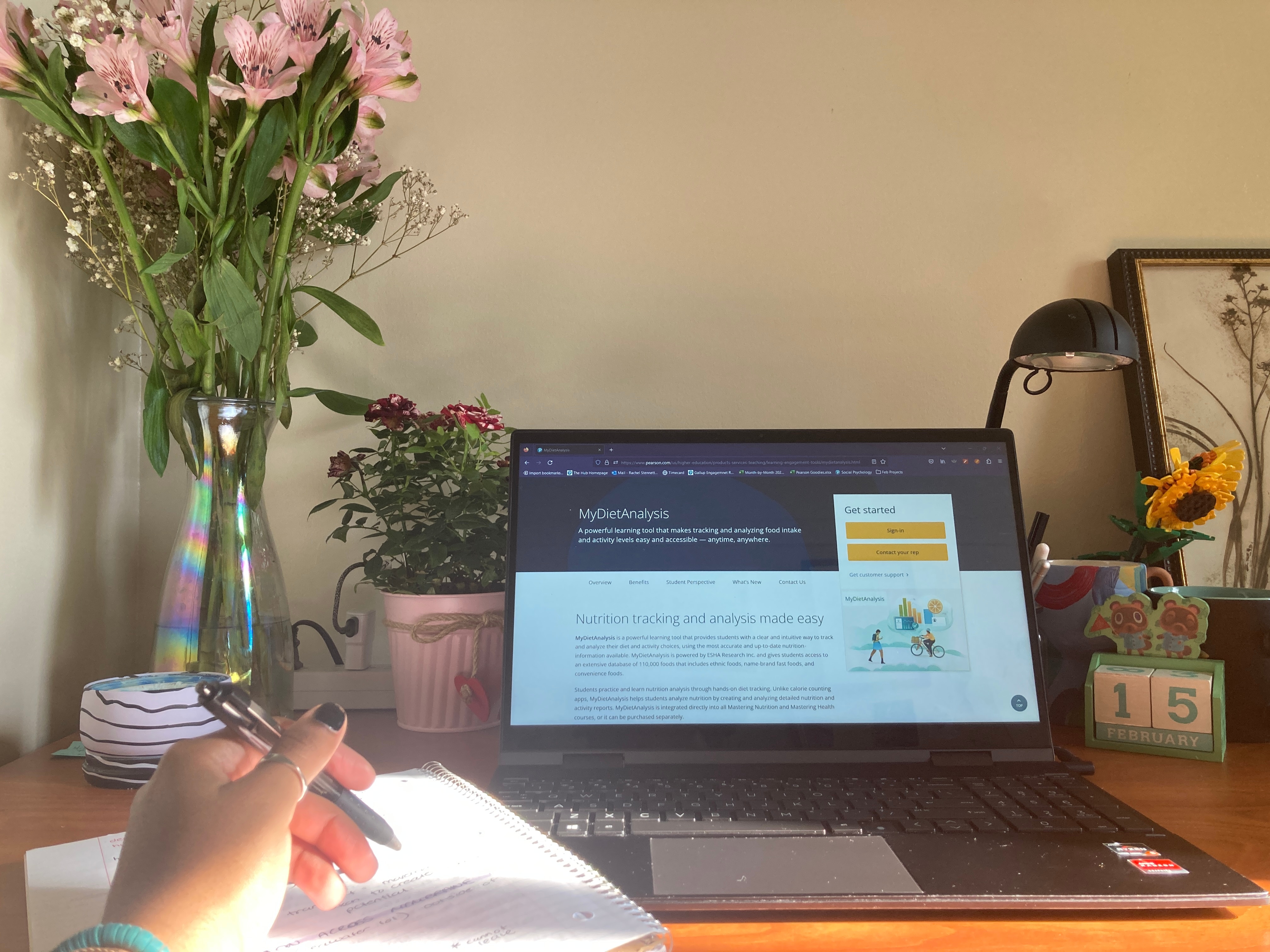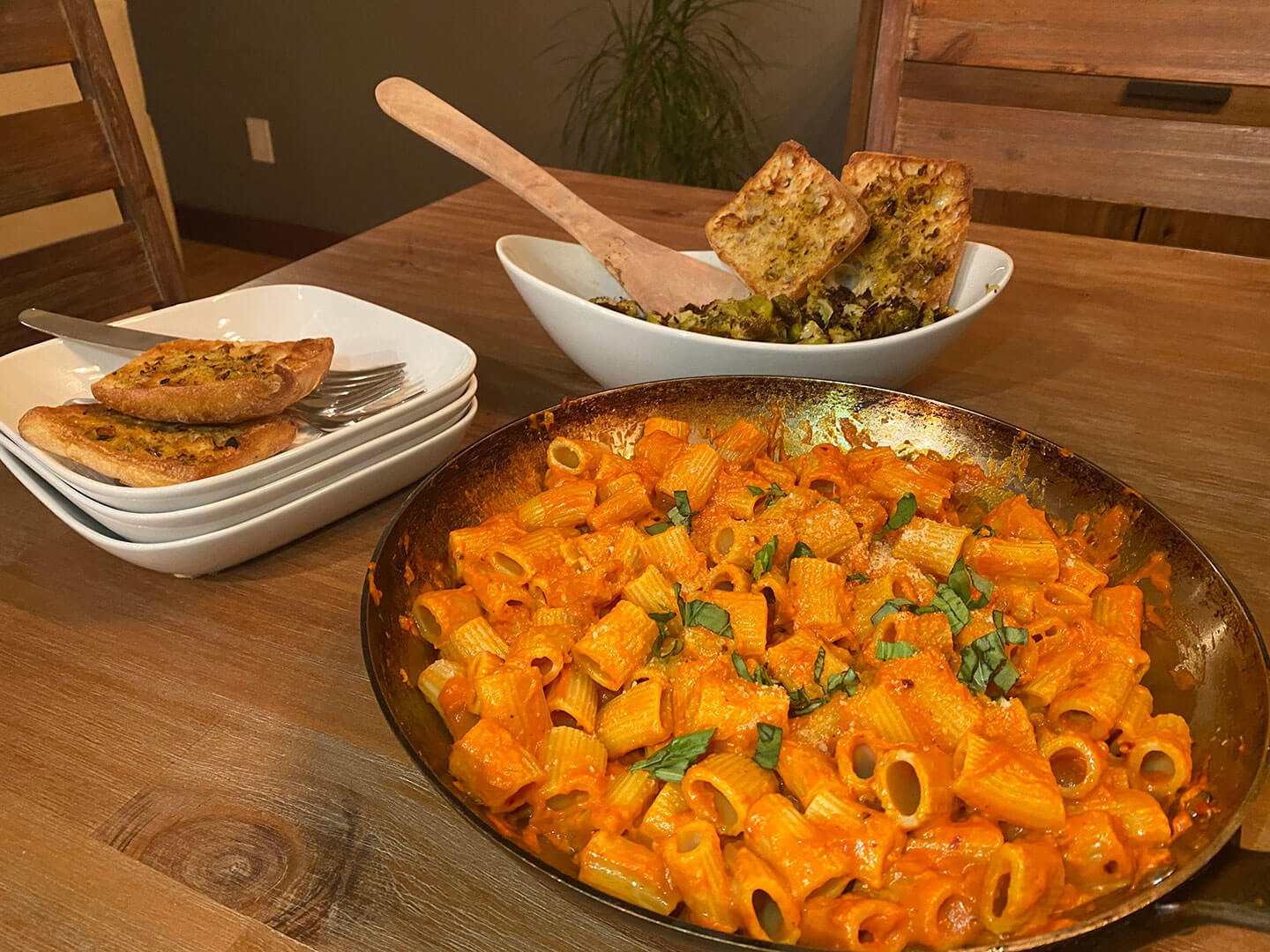Starting college is exciting -- and frightening. Between planning my move to school, worrying if I’ll become friends with my roommates, and researching what classes I should take, I never considered what my daily, mundane life as a college student might look like. Once I settled in and all the excitement and nervousness died down, a new feeling quickly replaced them- hunger. I suddenly realized I was truly on my own for everything now, including meals.
As a dietetics student, I felt like I had an advantage. I knew I needed to eat fruits and vegetables often, fiber and protein would help keep me full for long periods of time, and I should limit fast food. But when classes picked up steam and new responsibilities piled up, these sensible doctrines were replaced by: what foods will take the quickest route from the plate to my stomach for the cheapest amount?
Last fall was the first time I realized that my diet may not be ideal for my health. My human nutrition professor assigned a diet and nutrition analysis. Using a nutrition tracker, we were expected to analyze our diet for one day and describe any nutritional deficiencies we had. After completing this assignment, I realized my daily diet had deficiencies in B12, Zinc, Vitamin D, and Calcium.
It turns out that many college-aged students are also deficient in these micronutrients without realizing it. We tend to focus on macronutrients - carbohydrates, proteins, and fats - along with calories, sugar, and salt intake. So it’s easy to overlook micronutrient deficiencies. However, continuing imbalances in micronutrients can also adversely affect your health.
Vitamin B12
Vitamin B12 binds naturally to animal proteins. Some foods, such as plant milks and cereals, can also be artificially fortified to include B12. Through the digestive process, B12 is released from the food’s proteins and repackaged to be absorbed by the small intestine. Once absorbed, B12 is used by the body to help form red blood cells, DNA, brain cells, and nerve cells. It is recommended that college-aged adults consume at least 2.4 micrograms of Vitamin B12 daily. This is equivalent to a small portion of salmon or two cups of yogurt.
People with a B12 deficiency often show signs of fatigue, weakness, or confusion. Deficiencies are most common for people who avoid animal products, such as vegetarians and vegans, and for those who eat a limited diet – but fortification can help prevent them.
Zinc
Another micronutrient commonly found in meat, fish, and poultry is zinc. It can also be obtained from non-animal sources, such as beans, nuts, and whole grains. However, zinc from these sources is not as easily absorbed by the body. Nutrition professionals say these sources have a lower bioavailability of zinc.
Once absorbed, zinc is used to help create DNA, new cells, build proteins, heal wounds, and support immunity as well as many other bodily processes. The recommended daily intake for college-aged adults is between 8 – 11 milligrams. (This is equivalent to four servings of breakfast cereal.)
People with a zinc deficiency often show signs of decreased sense of taste or smell, loss of appetite, lowered immunity, and slower wound healing. Vegetarians, vegans, and alcoholics are most at risk for zinc deficiencies.
Vitamin D and Calcium
Vitamin D and calcium work together to promote bone and tooth health. People with vitamin D and calcium deficiencies are likely to experience bone weakening, muscle cramps, and poor appetite, among other challenges. In addition to assisting with the absorption of calcium, vitamin D also helps immune responses. Calcium also assists in bodily processes such as blood clotting, muscle contracts, heart rate regulation, and nerve functions.
The sun is the most abundant source of vitamin D. However, for students who live in a less sunny state, or spend their days locked away in a campus library, vitamin D can also be derived from fatty fish, fortified orange juice, mushrooms, and egg yolks. People with darker skin tones are also susceptible to vitamin D deficiencies. Higher concentrations of melanin, the substance that promotes skin pigmentation, absorbs some solar UV radiation that would otherwise be used to produce vitamin D. The recommended daily intake for college-aged adults is 15 micrograms per day. This is equivalent to 1 cup of white mushrooms.
Calcium can be found in a variety of sources such as dairy products (and many of their vegan alternatives), leafy greens, beans, and nuts. It is recommended that college-aged adults consume 1,000 milligrams of calcium per day. This is equivalent to 4 cups of fortified soy milk.
Explore more deeply
Not every college-aged student is deficient in these nutrients. Some may have different deficiencies, while others may have none. Only a doctor or certified medical professional can reliably diagnosis a nutritional deficiency. Nonetheless, hopefully this list will give you a better understanding of nutrients that might be missing from your diet, and how diet tracking can help make these discoveries.
Want to learn more about diet tracking? Check out MyDietAnalysis, a powerful tool that helps students log their diet and activity choices and provides detailed nutrition and activity reports to help you practice nutrition analysis.








